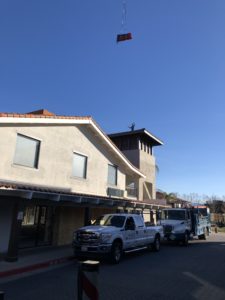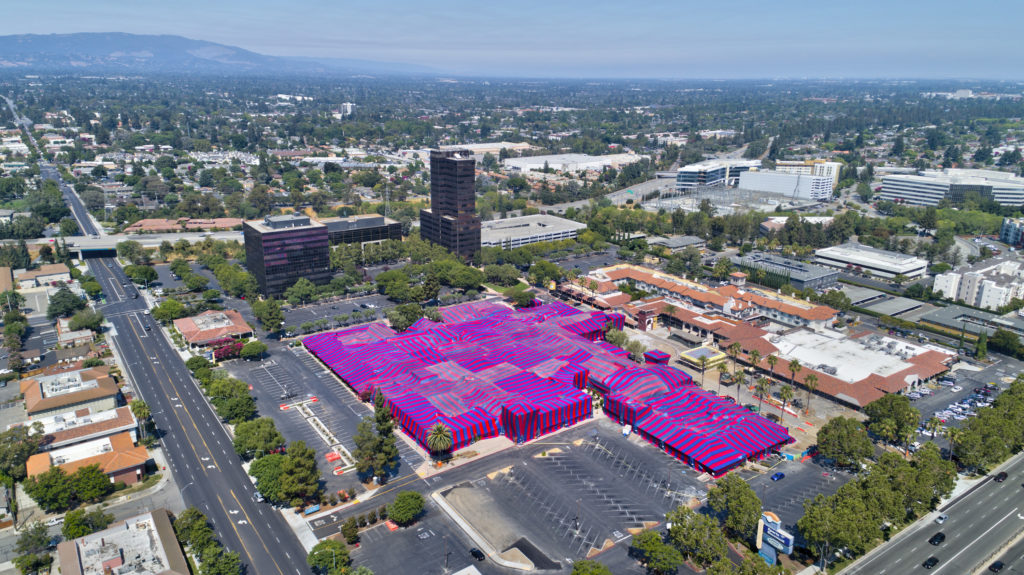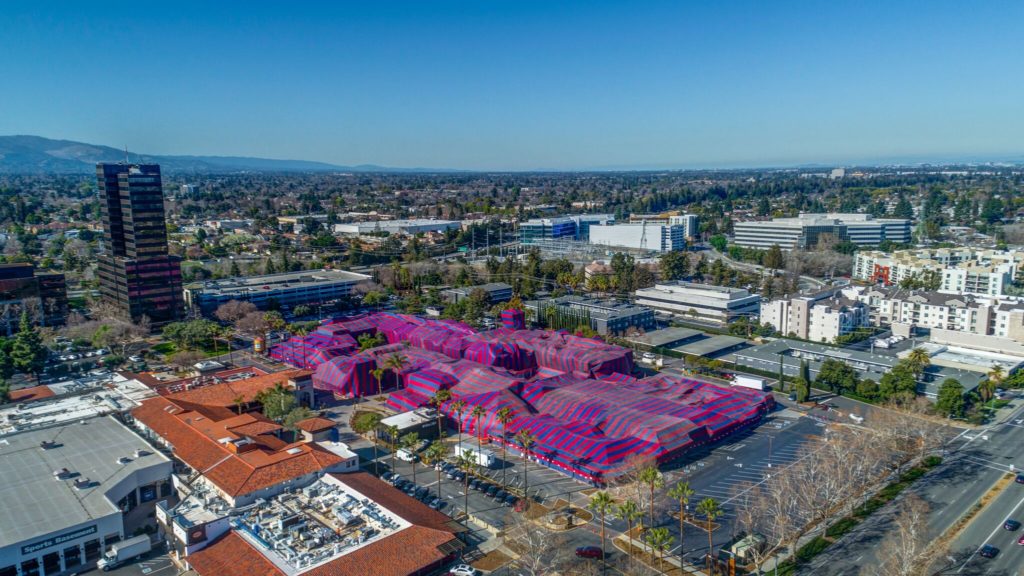Looking for Access?
Cur nutrix cantare?Est camerarius accentor, cesaris.Eposs sunt solems de varius liberi.
Register TodayCur nutrix cantare?Est camerarius accentor, cesaris.Eposs sunt solems de varius liberi.
Register TodayCur nutrix cantare?Est camerarius accentor, cesaris.Eposs sunt solems de varius liberi.
Login Now
For shoppers, The Pruneyard in Campbell, California, has it all — a hotel, offices, banks, a theatre, clothing and accessory shops, places to eat and drink — plus drywood termites.

The First Class Fumigation crew rented a crane to lift tarps onto the Pruneyard mall, including to the top of a hotel’s 80-foot tower.
Actually, First Class Fumigation, located in San Jose, California, evicted the drywood termites from the 250,000-square-foot shopping center. It was a major fumigation, totaling close to 5 million cubic feet, and as complex as it was big. Closing down a mall disrupts businesses and shoppers. More than a dozen establishments serving food and drinks needed to be prepared properly. The three-story hotel featured a steeple 80 feet high. Spanish tile roofing is always a damage concern, and all underground conduit had to be located and sealed.
But the most challenging aspect of this fumigation was the Rock Bottom Brewery located in the mall, because beer is brewed on site, says John Munoz, president of First Class. Fumigating a brewery was a first for First Class. And fumigating a building in a public mall where beer is produced is a red flag to the county agricultural department.
“We needed to make sure we could get county ag approval,” Munoz says. “To get that, we needed information from Douglas Products plus the approval of the Rock Bottom Brewery corporate headquarters.”
For technical help, First Class consulted with Barb Nead-Nylander, a fumigation technical expert with Douglas Products, who recommended that all brewing vats that had been tapped be emptied prior to fumigation. However, brewing vats not yet been tapped only needed to be sealed to manufacturer specifications prior to fumigation.
Rock Bottom Brewery corporate headquarters agreed with that advice. So, four of the eight huge aluminum brewing vats at The Pruneyard location were emptied and cleaned, but four were sealed to manufacturer specifications by a Rock Bottom quality assurance person. All ports on the vats had air-tight seals to keep the beer inside under pressure.
“Having Douglas Products on my side with the science made it easy to move forward,” Munoz says.
Given the size and layout of the shopping mall, First Class handled the fumigation in two phases. The mall consists of two complexes, one on the south and one on the north, separated by an open atrium area.

Phase one of the Pruneyard fumigation, done in August 2017, covered the south side of the mall complex. The Pruneyard is an iconic dining, retail and entertainment center that serves as a hub of community activity in Campbell, California.
The south complex, which includes a theatre, sports center and more, was fumigated in August 2017. The first phase of the fumigation began on a Friday with a crane used to lift tarps onto the two- and three-story roofs. Vikane® gas fumigant was introduced late Saturday afternoon, and California Aeration Program venting began late Sunday.
For the second phase, the mall management company did not want the fumigation to affect weekend business and preferred it be done earlier in the year when retail sales are relatively slow. A February timing for the fumigation also worked well for First Class, Munoz says, as this relatively slow season made it possible to have the necessary 25 to 30 employees available.
The second phase of the fumigation, for the north side of the complex, which includes the Rock Bottom Brewery and the hotel, was done Feb. 5-9, 2018. Weather can be a concern at that time of the year, Munoz says, but during the fumigation, temperatures were in the 70s and there was virtually no wind. Preparations began on Monday, with Vikane introduced on Tuesday and clearance completed on Thursday in time for weekend shoppers.

Phase two of the Pruneyard fumigation was done in February 2018. The north side of the mall complex included the Rock Bottom Brewery and a hotel.
Munoz says several steps were important during both fumigation phases to meet client and crew needs.
“One notable thing we did was insist that the property management agree to hire around-the-clock security guards to keep people from coming into the area,” Munoz says. “I wouldn’t do this job unless they agreed. They hired a dozen security guards who worked on around-the-clock shifts throughout the fumigation period. We also put up caution tape all around the buildings and blocked off vehicles from being able to enter the parking lots.
“County ag department representatives were on-site when we put up the job and when we took it down. I think they were especially impressed by all the security we had in place. We probably went overboard, but did everything possible to keep people away.”
And the drywood termites?
“They’re gone,” Munoz adds. “We monitor all big jobs with a Fumiscope. This requires us to be on-site to take the readings and walk around the buildings to make sure all seals are intact. We want to ensure a successful termite elimination.”